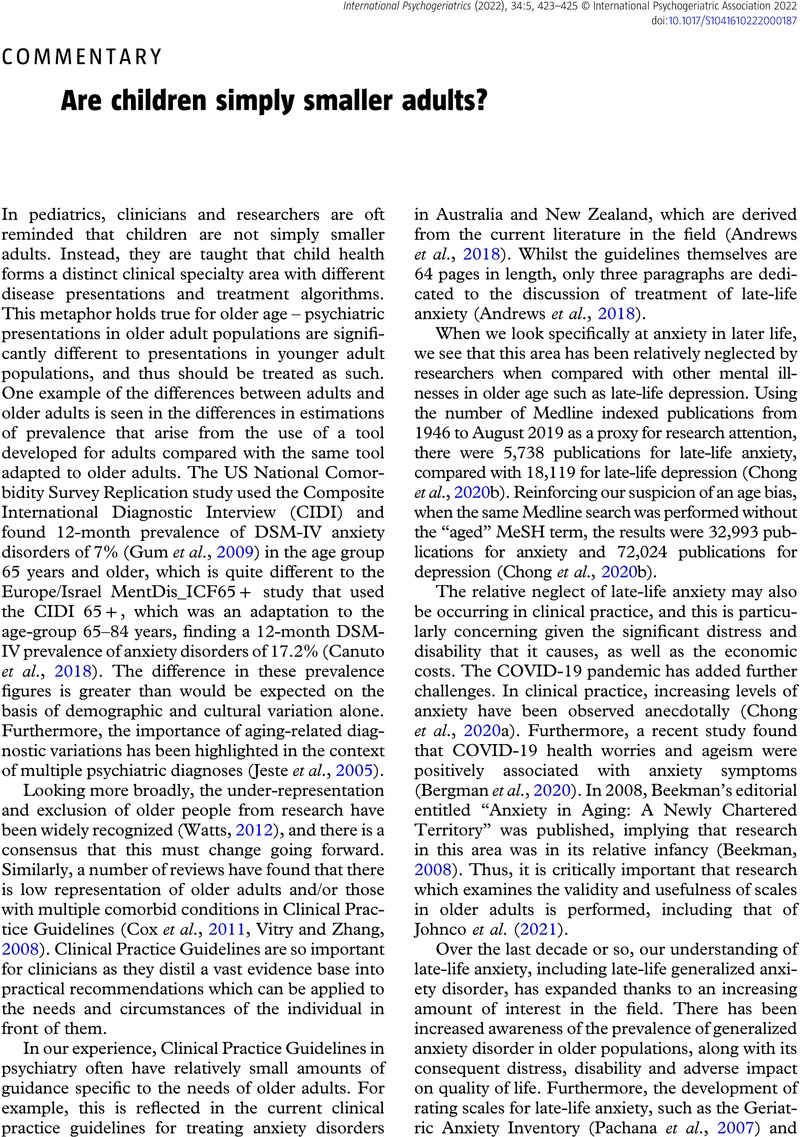Crossref Citations
This article has been cited by the following publications. This list is generated based on data provided by Crossref.
Dumble, Jessica
Sadler, Paul
Cottrell, Tanya
Planinic, Antonia
Perin, Stephanie
Harrison, Chris
Moss, Francine
Aradhye, Shama
and
Chong, Terence WH
2023.
Too late for early intervention? The Healthy Ageing Service’s mental health response.
Australasian Psychiatry,
Vol. 31,
Issue. 6,
p.
830.





